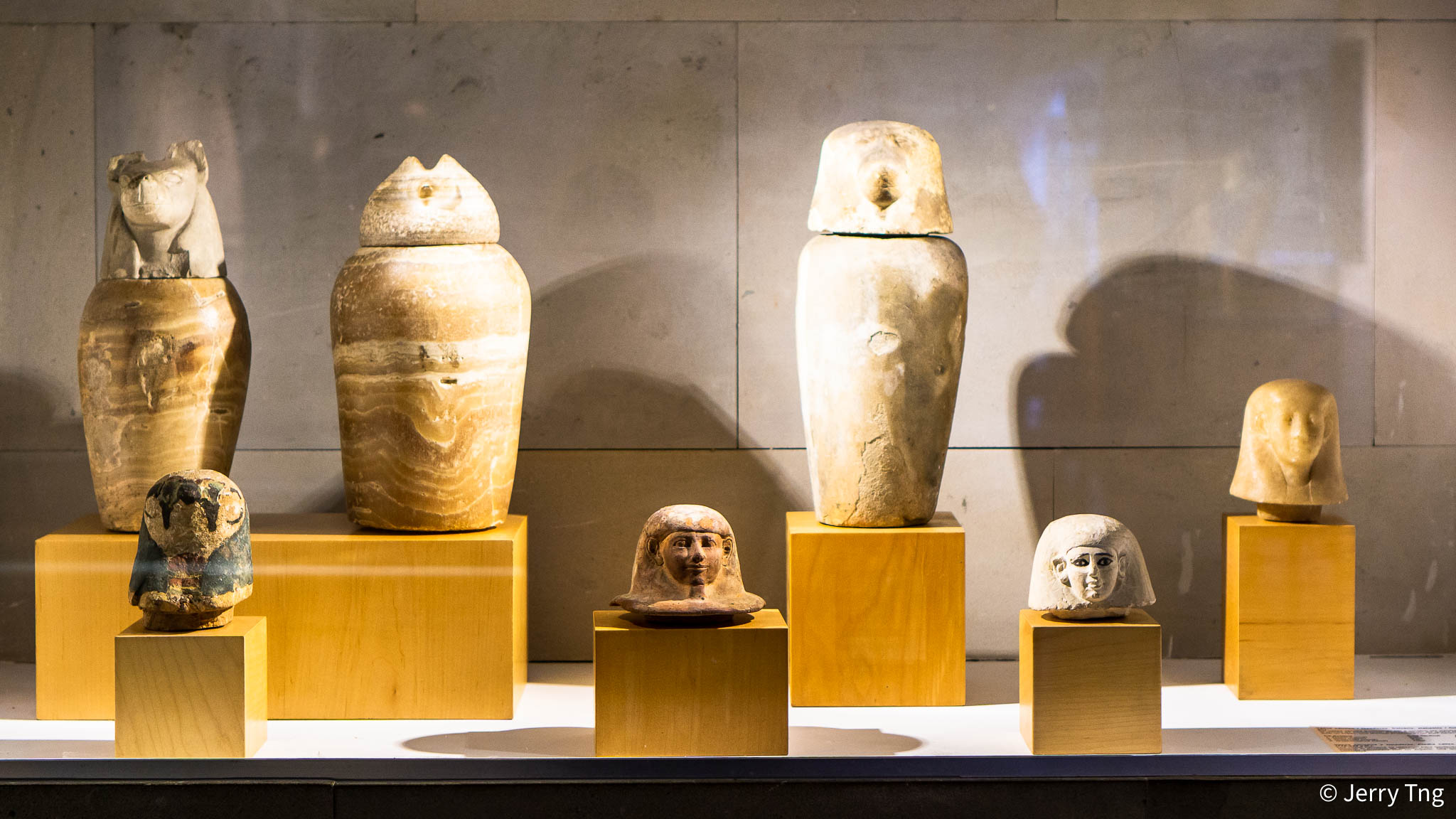Part 1 – The Pharaohs



The Egyptian state, which sprang up along the banks of the Nile, was governed and led by individuals with great power: the pharaohs.



The pharaoh was at the top of the social order: being of divine blood, he was the highest priest who had to build temples and ensure the continued worship of the gods, the commander-in-chief of the Egyptian army, the highest judge, etc. In short, he was the guarantor of the cosmic order that ensured that the universe functioned in the correct manner. The pharaoh had certain attributes that were characteristic of his position and role.



The most notable of these included the pschent crown, an emblem of the union of the two kingdoms into which Egypt was divided, and the cobra (ureu), the protector of royalty.



Even to write his name a special protocol was used, made up of five elements at the pinnacle, with specific symbols such as the serekh, or cartridge. Of the more than 300 pharaohs recorded, there were those about whom little is known other than their name.
Positions and Characters of the Pharaoh’s Courts
Statues of officials, priests and nobles help complete the vision of part of the complex and varied society that existed under the pharaohs.



Egypt was one of the oldest models of a state in humanity. Centred on the figure of the pharaoh, the the model of the State operated based on a strict division of basic functions (administrative, religious and military) and the existence of a large number of strictly prioritised positions.



The role of the vizier, or prime minister, was to ensure compliance with the will of the King throughout Egypt. Supervisors of the king, nomarchs (or provincial governors) and other high priests and military figures also had great power and influence. Real armies of officials and writers made up the majority of the state bureaucratic apparatus.
Artisans, peasants and soldiers, under the organisation and direct orders of their administrators, were responsible for the production, maintenance and protection of the essence of their civilisation.
Cartonnage belonging to the Lady of the House of Djed-Montu-iues-anj (“Montu has said: May she live!”), wife of Pamiu (“Old Tom Cat”).
Third Intermediate Period, 22nd Dynasty (945-715 BC).


Cartonnage is a type of material used in ancient Egyptian funerary masks from the First Intermediate Period to the Roman era. It was made of layers of linen or papyrus covered with plaster.
Starting in the Middle Kingdom, the title of Lady of the House was commonly used to refer to women of the elite class. In noble houses, the Lady of the House was in charge of most of the household activities, such as manufacturing bread and beer, cooking, weaving, storing grain, taking care of the animals and producing handicrafts. This cartonnage portrays numerous protective deities as well as hieroglyphic texts stating a stock formula used to ask for offerings and providing the name of the lady and her husband.

0 comments on “Barcelona’s Egyptian Museum”